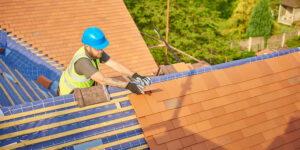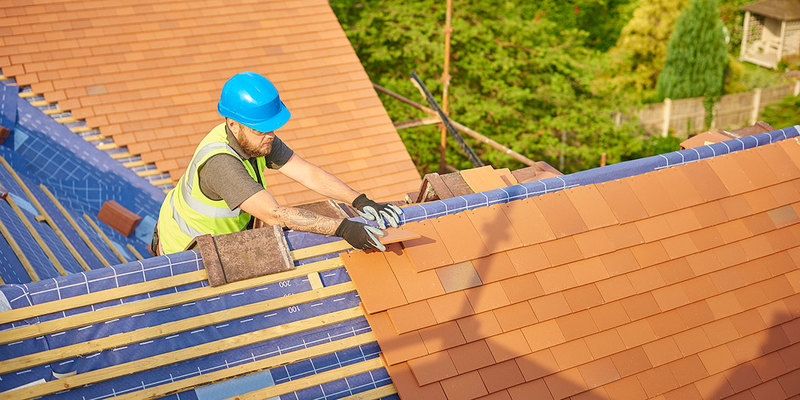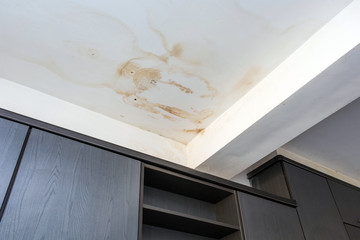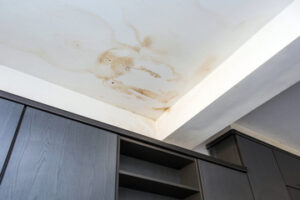Roofers keep our homes, buildings, and other structures safe from the elements. Their duties include installing, repairing, and replacing roofing materials.

These workers use their knowledge of building codes and industry standards to ensure that roofing systems are functional and durable. They also ensure that their customers are satisfied with their work.
Local roofers are often a great option for homeowners who are looking to get a new roof or have a repair job done. They usually have a more personal relationship with their customers than bigger companies, and they’re able to build up a rapport that will last long after the project is complete.
They also have more experience with the local climate and what types of roofing materials will work best for that area. This can mean that a local contractor will be able to get your project done faster and more efficiently than an out-of-state contractor.
Most local contractors want to keep their business in the community and build long-term relationships with their clients. They understand that if they do a good job, they will be able to attract more clients in the future, which is what helps their business grow and thrive.
Another benefit of working with a local contractor is that they are more familiar with the building codes and regulations in your area. A local roofer can make sure that all of the work they do is compliant with all the local requirements, which will help your roof stay up-to-date and safe for many years to come.
When choosing a roofer, you’ll also want to check for any certifications or licenses they have. These will give you confidence that they know how to install the shingles they are using on your roof and that they are up to date with the latest products and installations.
These certifications are typically issued by the manufacturer, so they are an important way to find a qualified local contractor. A roofing company that is certified will be held to a higher standard for quality and installation, so they should provide you with better workmanship.
It’s also a good idea to check their reviews online. This will let you see what other people have experienced with them and whether or not they would recommend their services.
While there are many benefits to hiring a local roofer, it is important to watch out for red flags that may indicate they’re not the right choice for you. A few of the biggest ones include door-to-door bids, storm chasers, and contractors with massive service areas.
When a storm blows through your community, you may be worried about the damage it causes to your home and the potential for future damage. You may want to call in a roofer to take a look at your roof and make any repairs needed.
But what if the roofer you hire is not a legitimate roofing contractor? You could end up with a subpar roof that doesn’t last. This can be especially true if the roofing company you choose hasn’t been around long enough to know how to properly install your roof or has used poor-quality materials on your project.
The most common way to spot a roofing company that doesn’t belong is by its name. Often times, these companies use a generic name to disguise their origins.
Another tactic these companies use is calling homeowners and offering them a “limited time” deal on their repair or replacement. This limited-time offer is only good for a few days and will then be unavailable, so make sure you don’t fall for this scam!
They also create fake damage in order to get a higher insurance payout. This is a dangerous practice, as it can cause more problems down the road. They will pound golf balls or other heavy objects into your roof to add dents to the surface that don’t exist. This can make the insurance adjuster think your roof is damaged in a worse way than it actually is.
In order to keep your home and family safe, you need to avoid hiring a storm chaser. They are known to take advantage of vulnerable homeowners by using high-pressure sales tactics and fraudulent practices to make their own money.
When you do need a roofer, make sure to only work with a local company with a solid reputation. You can also do research online to find reviews and ratings of contractors.
Choosing a reputable, established local company can save you both time and money in the long run. Many roofers can help you navigate the insurance claims process and determine if your roof will be covered by your insurance company. You can then contact your insurance agent and get the process started!



